Schedule a Call Back
What are the most popular siding materials for homes?
 Articles
Articles- May 30,22
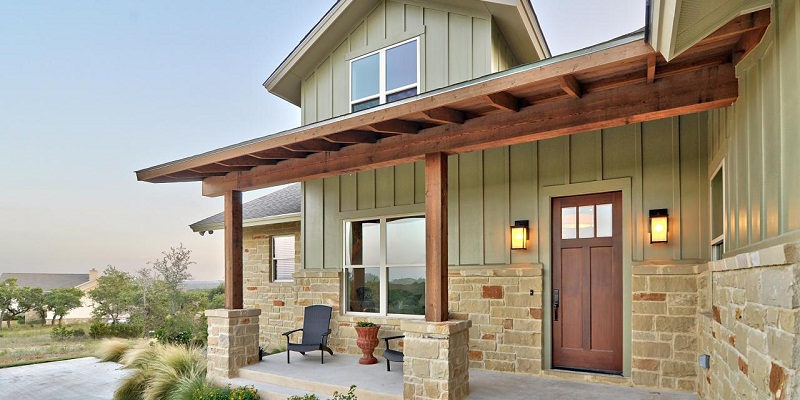
Related Stories
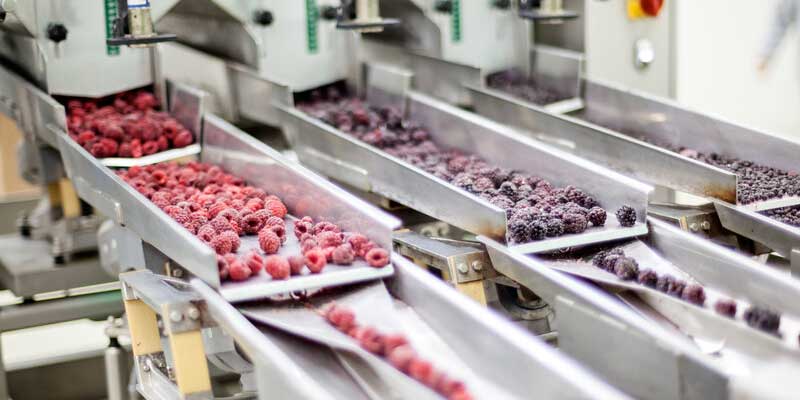
Why are eco-friendly refrigerants gaining popularity in food manufacturing?
While environmentally friendly and ozone-friendly refrigerants provide a clear path forward for food manufacturing companies, their implementation carries certain system design and maintenance impli..
Read more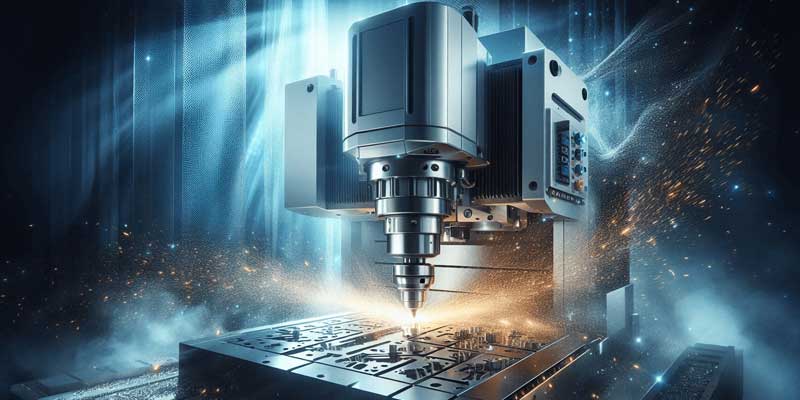
3 Ways automation is shaping the future of industrial cutting
Automated cutting machinery has opened more opportunities for increasingly complex work handled in less time and with fewer or no workers, says Emily Newton.
Read more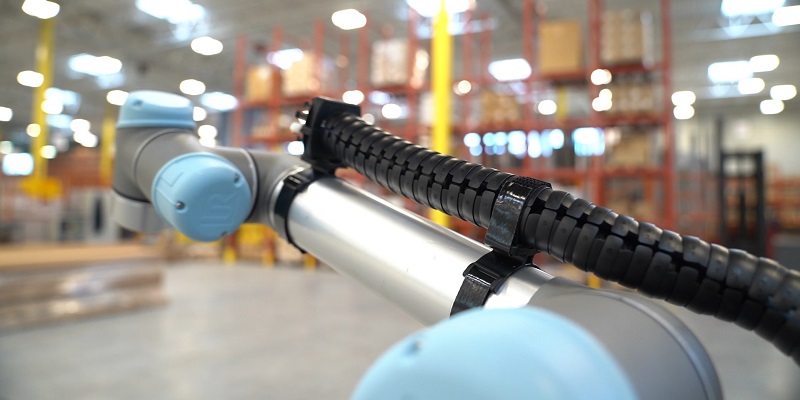
How to master robotic cable management for better manufacturing workflows
In this article, Emily Newton presents some best practices in robotic cable management for ensuring smoother workflows when interacting with industrial machines.
Read moreRelated Products
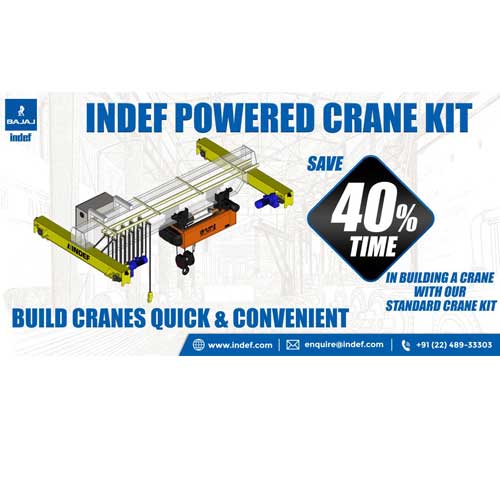
Indef Powered Crane Kit
Hercules Hoists Ltd offers a wide range of Indef powered crane kit.
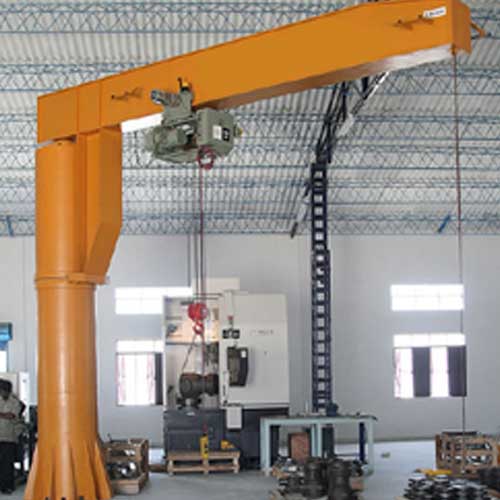
Jib Crane
DC Hoist & Instruments Pvt Ltd offers a wide range of Jib crane.

Floor Crane
Robotic Equipments offers a wide range of floor crane.














